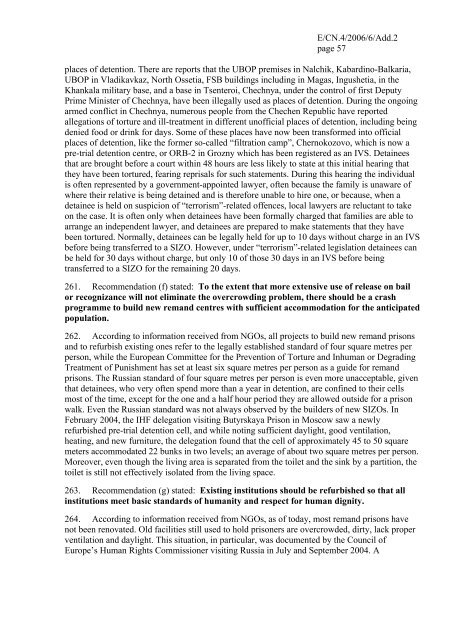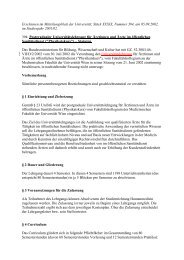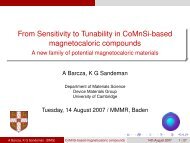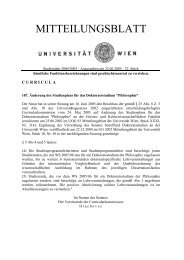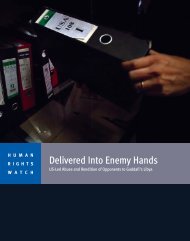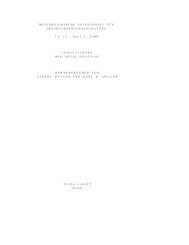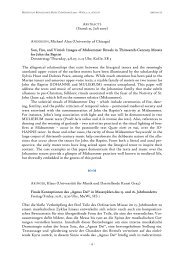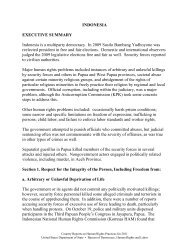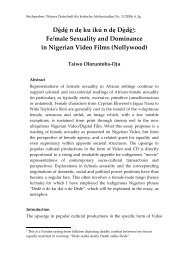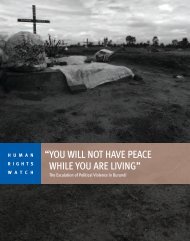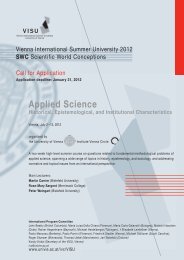E Economic and Social Council - acnudh
E Economic and Social Council - acnudh
E Economic and Social Council - acnudh
You also want an ePaper? Increase the reach of your titles
YUMPU automatically turns print PDFs into web optimized ePapers that Google loves.
E/CN.4/2006/6/Add.2<br />
page 57<br />
places of detention. There are reports that the UBOP premises in Nalchik, Kabardino-Balkaria,<br />
UBOP in Vladikavkaz, North Ossetia, FSB buildings including in Magas, Ingushetia, in the<br />
Khankala military base, <strong>and</strong> a base in Tsenteroi, Chechnya, under the control of first Deputy<br />
Prime Minister of Chechnya, have been illegally used as places of detention. During the ongoing<br />
armed conflict in Chechnya, numerous people from the Chechen Republic have reported<br />
allegations of torture <strong>and</strong> ill-treatment in different unofficial places of detention, including being<br />
denied food or drink for days. Some of these places have now been transformed into official<br />
places of detention, like the former so-called “filtration camp”, Chernokozovo, which is now a<br />
pre-trial detention centre, or ORB-2 in Grozny which has been registered as an IVS. Detainees<br />
that are brought before a court within 48 hours are less likely to state at this initial hearing that<br />
they have been tortured, fearing reprisals for such statements. During this hearing the individual<br />
is often represented by a government-appointed lawyer, often because the family is unaware of<br />
where their relative is being detained <strong>and</strong> is therefore unable to hire one, or because, when a<br />
detainee is held on suspicion of “terrorism”-related offences, local lawyers are reluctant to take<br />
on the case. It is often only when detainees have been formally charged that families are able to<br />
arrange an independent lawyer, <strong>and</strong> detainees are prepared to make statements that they have<br />
been tortured. Normally, detainees can be legally held for up to 10 days without charge in an IVS<br />
before being transferred to a SIZO. However, under “terrorism”-related legislation detainees can<br />
be held for 30 days without charge, but only 10 of those 30 days in an IVS before being<br />
transferred to a SIZO for the remaining 20 days.<br />
261. Recommendation (f) stated: To the extent that more extensive use of release on bail<br />
or recognizance will not eliminate the overcrowding problem, there should be a crash<br />
programme to build new rem<strong>and</strong> centres with sufficient accommodation for the anticipated<br />
population.<br />
262. According to information received from NGOs, all projects to build new rem<strong>and</strong> prisons<br />
<strong>and</strong> to refurbish existing ones refer to the legally established st<strong>and</strong>ard of four square metres per<br />
person, while the European Committee for the Prevention of Torture <strong>and</strong> Inhuman or Degrading<br />
Treatment of Punishment has set at least six square metres per person as a guide for rem<strong>and</strong><br />
prisons. The Russian st<strong>and</strong>ard of four square metres per person is even more unacceptable, given<br />
that detainees, who very often spend more than a year in detention, are confined to their cells<br />
most of the time, except for the one <strong>and</strong> a half hour period they are allowed outside for a prison<br />
walk. Even the Russian st<strong>and</strong>ard was not always observed by the builders of new SIZOs. In<br />
February 2004, the IHF delegation visiting Butyrskaya Prison in Moscow saw a newly<br />
refurbished pre-trial detention cell, <strong>and</strong> while noting sufficient daylight, good ventilation,<br />
heating, <strong>and</strong> new furniture, the delegation found that the cell of approximately 45 to 50 square<br />
meters accommodated 22 bunks in two levels; an average of about two square metres per person.<br />
Moreover, even though the living area is separated from the toilet <strong>and</strong> the sink by a partition, the<br />
toilet is still not effectively isolated from the living space.<br />
263. Recommendation (g) stated: Existing institutions should be refurbished so that all<br />
institutions meet basic st<strong>and</strong>ards of humanity <strong>and</strong> respect for human dignity.<br />
264. According to information received from NGOs, as of today, most rem<strong>and</strong> prisons have<br />
not been renovated. Old facilities still used to hold prisoners are overcrowded, dirty, lack proper<br />
ventilation <strong>and</strong> daylight. This situation, in particular, was documented by the <strong>Council</strong> of<br />
Europe’s Human Rights Commissioner visiting Russia in July <strong>and</strong> September 2004. A


